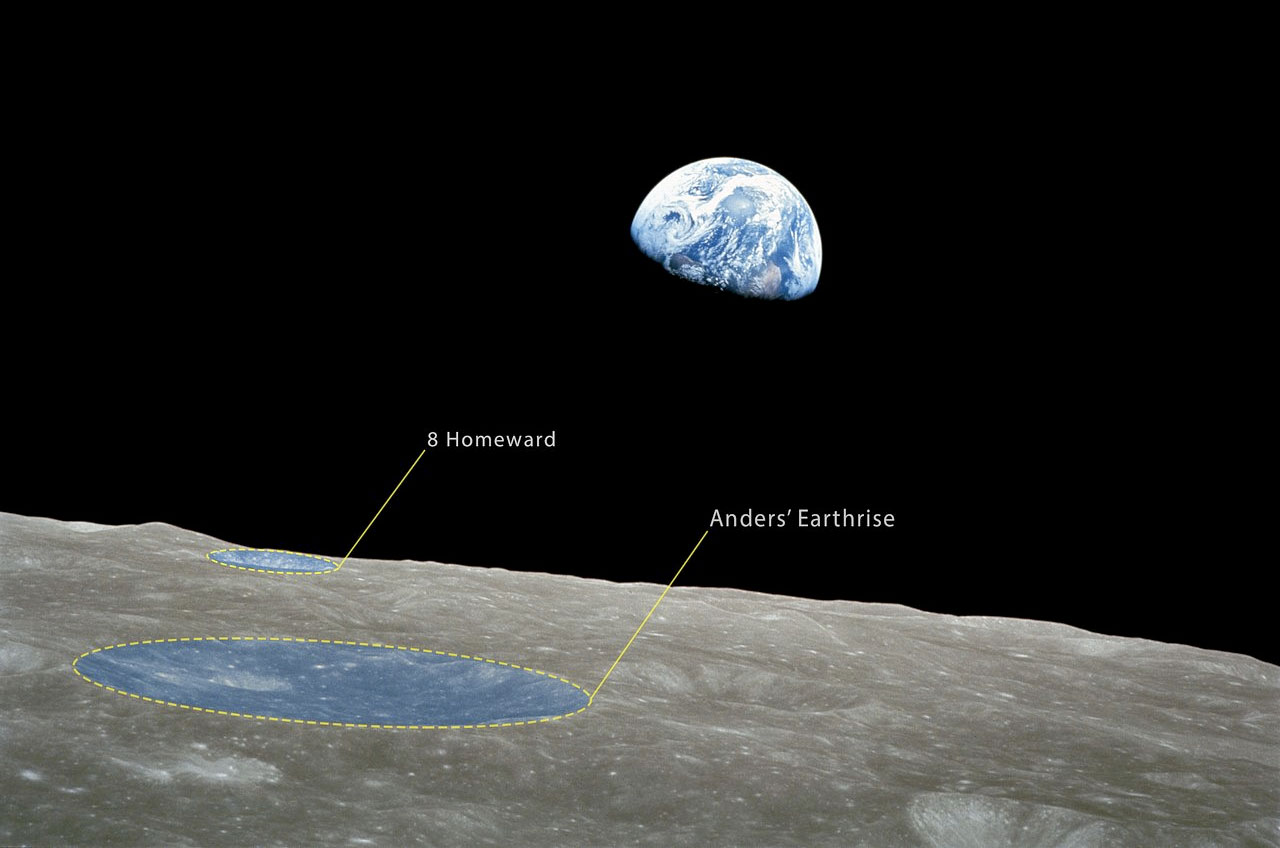A lunar crater immortalized in one of the most famous photographs ever taken has just played a key role in the hunt for alien life in our solar system.
Stretching nearly 25 miles (40 kilometers) across the far side of the moon, the lunar impact crater formerly known as “Pasteur T” may be the most-viewed lunar crater in history. Countless Earthlings have seen it spreading prominently through the foreground of the iconic “Earthrise” photo snapped by American astronaut William Anders on Dec. 24, 1968, during the Apollo 8 mission. The majestic photo, which shows a half-lit Earth rising majestically above the lunar horizon, became so famous that the crater was renamed “Anders’ Earthrise” in 2018.
Now, nearly 60 years after Anders’ flyby put his eponymous crater on the map, another spacecraft has glimpsed it from orbit — this time, with extraterrestrial science in mind.


